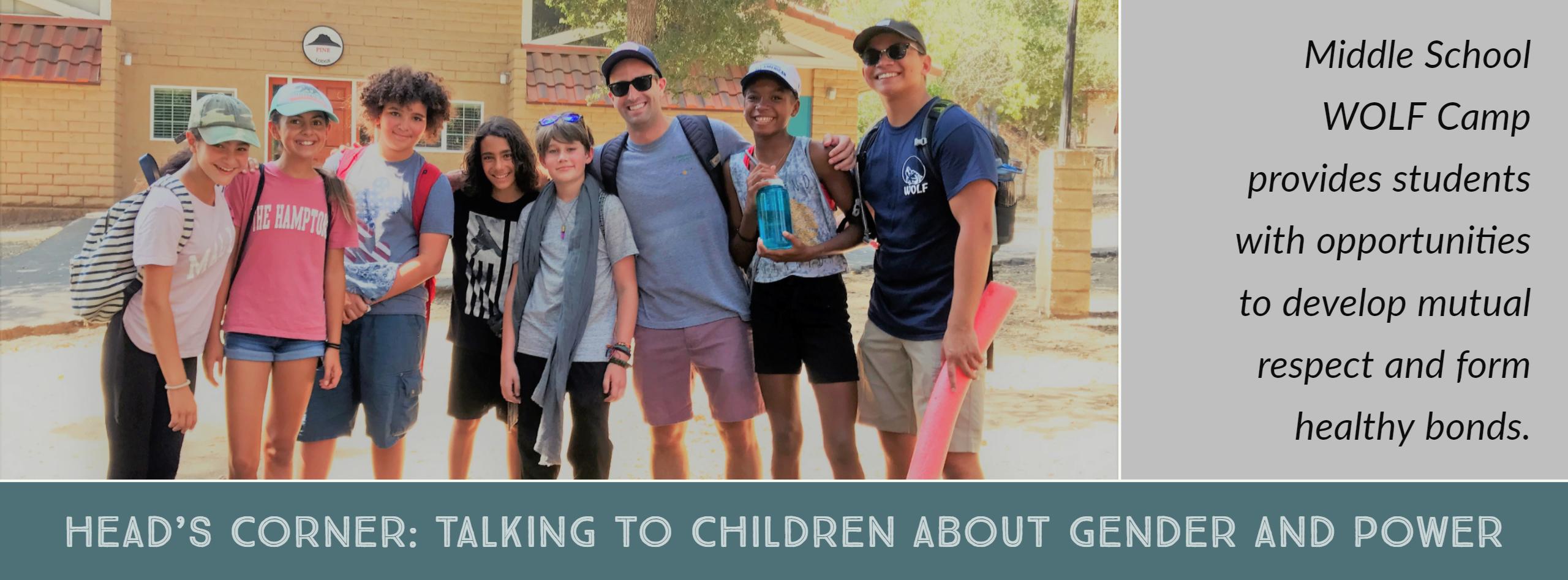With many women (and some men) coming forward to share stories of sexual harassment in Hollywood and beyond, conversations about gender stereotypes and power have gone mainstream. Sexual harassment is alarmingly common, in part because of ensconced gender stereotypes and biases which have served to silence women from reporting experiences that made them feel uncomfortable or unsafe.
For decades I have been researching, teaching, and writing about issues of power, stereotypes, and the factors that shape the most intricate relations between men and women. When I earned my Ph.D., my dissertation research consisted of closely examining various pop culture representations (horror films, self-help books, memoirs) in order to extrapolate the ways in which society’s fears and fantasies about sexuality are projected, specifically onto adolescent girls. In the late 1990s when I taught introductory gender studies classes to undergraduates, we discussed sexual harassment and assault on college campuses, and very few students were outraged about a culture that made precautions necessary, such as going to parties in groups and watching drinks being poured. Young women and men accepted these conditions as simply the way things were. But unchecked aggressive and objectifying behavior has long-reaching ramifications, creating environments that prevent victims of harassment from coming forward for fear of being seen as looking for attention, unable to handle situations, or making too much of a meaningless incident.
As women have made great strides in the past decades, a backlash of sexist and objectifying representations and language has increased accordingly. And while most men are supportive of the progress of women and girls and hold them in deep respect, we are still trapped by gender biases and habitual predispositions. A 2015 survey found that more than one in 10 American girls experience catcalls or general street harassment before the age of 11. When girls and boys hear language that normalizes an emphasis on physical beauty and desirability, girls begin to organize their worth through the lens of attractiveness, not on their inner strengths and qualities. And boys begin to organize their identities through a twisted definition of strength and toughness, and shut down their feelings as a result.
 As parents and educators, we want to raise confident, empathic children who are not afraid to go against the grain and challenge oversimplified depictions of masculinity and femininity. At Turning Point School, I have seen incredibly meaningful discussions on gender, and differences in general, taking place—both inside and outside our classrooms. Our teachers and staff consistently pursue professional development opportunities that empower them to help students become thoughtful, educated advocates for others’ perspectives and experiences.
As parents and educators, we want to raise confident, empathic children who are not afraid to go against the grain and challenge oversimplified depictions of masculinity and femininity. At Turning Point School, I have seen incredibly meaningful discussions on gender, and differences in general, taking place—both inside and outside our classrooms. Our teachers and staff consistently pursue professional development opportunities that empower them to help students become thoughtful, educated advocates for others’ perspectives and experiences.
Below you will find some strategies for how to help your own children explore gender roles in an empowering and inclusive way. This advice was curated from various experts I have encountered through my work on this topic (much of which transcends gender and can be applied to numerous situations involving differences):
- Talk about differences respectfully.
- Expose children to stories from varying perspectives and embrace the multifaceted nature of each human being, and of people who share a particular background or feature. You might ask your child to think about what might feel positive or feel challenging about being another gender.
- Teach children to think critically, to use evidence to support their claims, especially when they may reflect unconscious biases or prejudices.
- Foster active, nonjudgmental listening so that your child will talk to you about his or her experiences.
- Expect students to be “upstanders”—to support others even if it is not a popular stance. Provide your child with a script, encouraging either a direct approach (“I don’t think what you said is cool,” or simply, “We don’t do that”) or an indirect approach (“What made you say that?”).
- Teach children that no means no, and that boundaries—theirs and others’—need to be respected. Talk about what it means to be an ethical person by connecting discussions about relationships, stereotypes, and harassment to our responsibility to be respectful of others and to intervene with others when they may be at risk.
- Check yourself: what verbal and non-verbal messages are you sending your children about women and their value, and gender stereotypes in general?
- Pay attention for teachable moments: when you see stereotypes in films, books, or movies, ask your child what they think or tell them why you find it unacceptable or offensive. You can use language like, “I know we are seeing this, but in our family, we do not treat women that way.”
When I think back to my college students and their passive acceptance of sexism, I wish so much more for our next generation of women and men. I hope that they become more aware of and less accepting of misogyny and harassment in our culture. I hope that we make empathy a value as important as academic achievement and test-taking, that we create broader definitions of masculinity and femininity and the ways in which we can define our gendered identities, and that we reject tired and useless clichés like “boys will be boys.” We owe our children the chance to experience the richness of life and not to feel like they must cut themselves off from feelings or opportunities that will cultivate them as fully-realized human beings.
Warmly,
Laura
Dr. Laura Konigsberg
Head of School
Helpful Resources
- The Making Caring Common Project: Harvard University Graduate School of Education: How Adults Can Promote Young People’s Healthy Relationships and Prevent Misogyny and Sexual Harassment
- Girl Scouts: The Conversation You Must Have With Your Kids Today
- Parents Magazine: #MeToo: How to Talk to Your Kids About Sexual Harassment and Assault


































